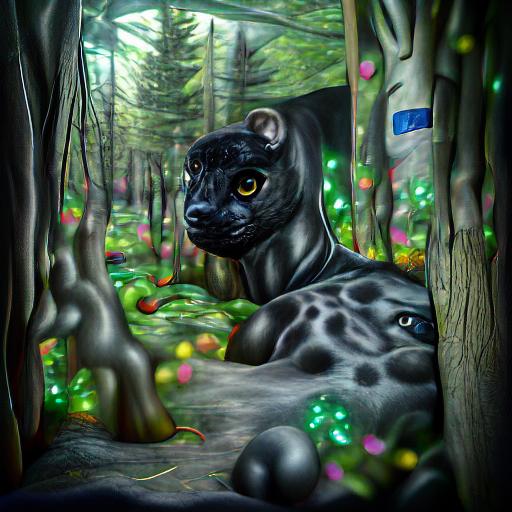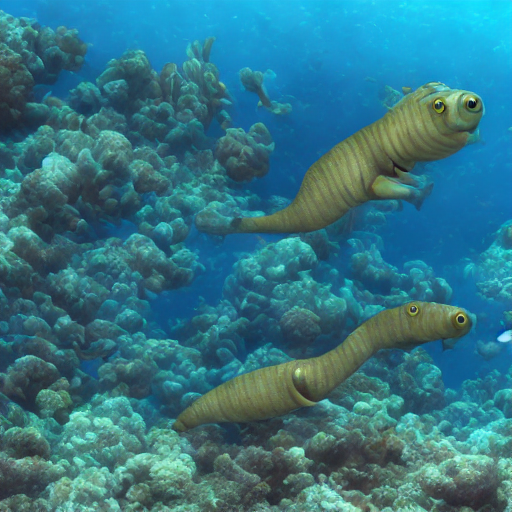

Dune beetles are the speedsters of the desert. You wouldn't expect it given their colossal size, but these severely-overgrown bugs can reach speeds of over a hundred miles per hour across flat land. Their flight, however, is much slower and more controlled. It's a shame the dune beetle is so aggressive and temperamental, because it would make a great domesticated vehicle for those who live in the desert.
Explore an endless universe of ficticious life on NovelGens.





